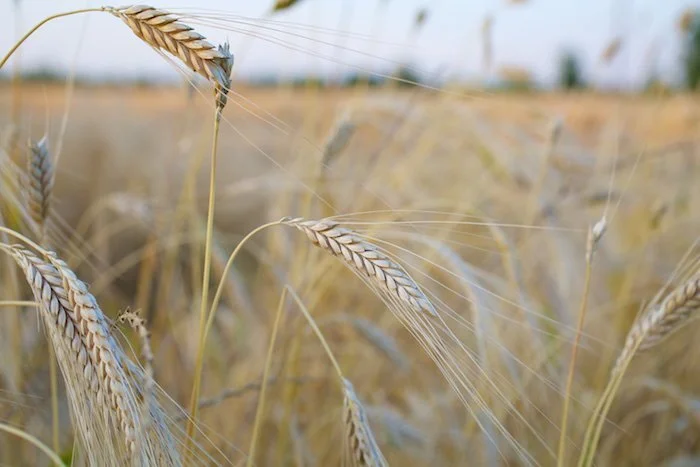Europe’s Cereal Diversity
Photo: Green Child Magazine
Until about 100 years ago, wheat, barely, rye, oats and other cereals were grown in diversity-rich systems, while now they are largely grown in monoculture. In recent years, there has been a revival in the interest in cereal diversity in Europe. This is reflected in a number of initiatives seeking to promote the cultivation of heritage varieties, landraces, heterogeneous populations and mixture. These initiatives build on the efforts of farmers, bakers and others who continued to grow, share and use the seeds of diverse local varieties.
Local cereal varieties are suited to organic agriculture and can have high concentrations of micronutrients and bioactive compounds essential for a healthy nutrition. A range of cereal species and varieties are now used for bread, cookies, pasta, beer and others products in Europe. An example is the Einkorn wheat (Triticum monococcum). Einkorn is considered first ever domesticated wheat.It is a species rich in micronutrients and essential amino-acids, but has been almost completely excluded from cultivation in the second half of the nineteenthcentury. Einkornis cultivated again, and products of einkorn varieties, from flour to beer, are now marketed across Europe.
Cereal diversity in Europe has received an increasing attention from researchers and organic crop breeders working to create more sustainable and resilient cereals systems. For example, Cerere(CEreal Renaissance in Rural Europe), a network of researchers and practitioners is creating alternative cereals systems based on local, decentralized approaches to production and processing. A number of research projects are exploring ways to increase genetic and species diversity in cereal production systems. Through several initiatives,trials for varieties, mixture and evolutionary populations, and different cultivation practices, are taking place in collaboration with farmers and farmers’ networks.
European seed policies and legislation generally favour monocultural varieties; but some policy space has been created to enable marketing of seed of heterogeneous varieties and populations in the European Union. In 1998, the European Union recognised the need to conserve diversity and created a catalogue for registering what it called ‘conservation varieties’. Furthermore, seeds of genetically heterogeneous populations are starting to be marketed in the EU thanks to, and under the directives of, the Commission Implementing Decision 2014/150/EU on “the organisation of a temporary experiment providing for certain derogations for the marketing of populations of the plant species wheat, barley, oats and maize pursuant to Council Directive 66/402/EEC ”. For more information see https://www.liveseed.eu/

